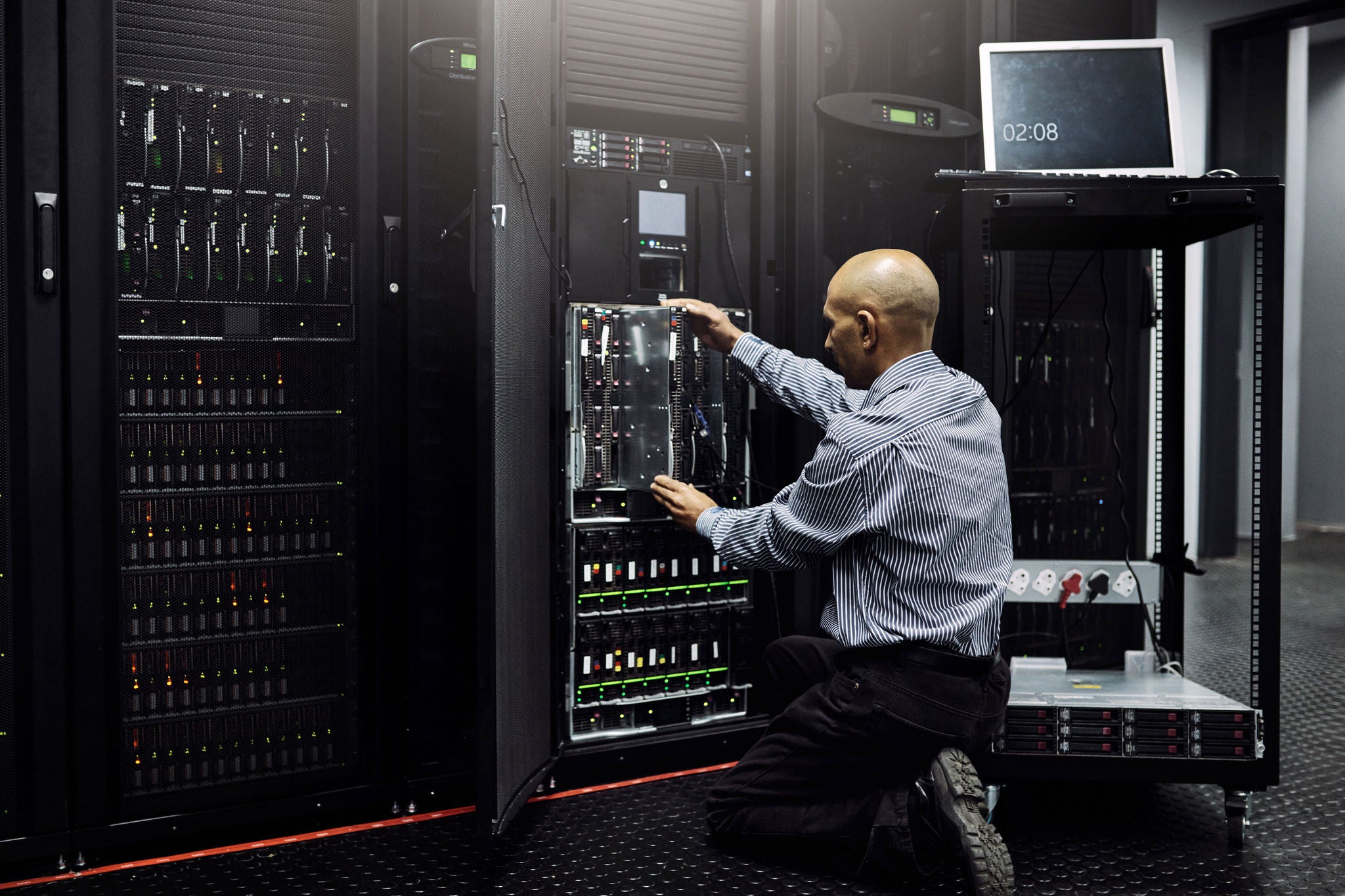EY refers to the global organization, and may refer to one or more, of the member firms of Ernst & Young Global Limited, each of which is a separate legal entity. Ernst & Young Global Limited, a UK company limited by guarantee, does not provide services to clients.

Effective mainframe software asset management unlocks significant opportunities to support your organization’s strategic objectives.
In brief
- Mainframes are sometimes crucial for businesses to achieve their goals, but effective management is necessary to optimize their use.
- Software is the main expenditure on mainframes and proper management can help organizations remove redundant assets and improve their inventory.
- Optimizing mainframe management through software asset management enables organizations to drive better business outcomes.
Modern mainframes can process billions of real-time transactions accurately. They can simultaneously serve hundreds or thousands of people and store large quantities of information. Since mainframes divide data into multiple independent and isolated machines, they are ideal for information storage and backup.
Software is the single largest spend on the mainframe — it can comprise more than 40% of the total budget.
Understanding an organization’s assets allows for removing redundant software assets and enhancing the inventory considerably.
The roles and responsibilities in a mainframe department of a large-scale organization are comprehensive, ranging from end user, to system administrator. It takes skilled, dedicated resources to keep mainframe computers running smoothly and reliably.
The main challenge when managing software assets is the lack of understanding what software is installed and used. The absence of inventory information and obstacles to retrieve it prohibit organizations from quantifying their total IT spend. Most organizations lack a central repository that tracks existing files, file location, relationships or dependencies, owners, install dates, modifications, and growth or decommission rates.
In fact, it’s not uncommon for major organizations to still maintain Excel spreadsheet tables as their primary method of tracking software assets.
Other critical obstacles may include:
- Incomplete software asset information
- Inconsistent and ad hoc software asset discovery
- Immature processes to maintain a current picture of the software landscape
- Incomplete tooling to measure and monitor both usage and license availability
The inability to fully track software usage can lead to redundant use of programs, which consumes valuable storage and financial resources. Similarly, licensed products that go unused and/or undiscovered leave money on the table.
On the flip side, discovered products that are not licensed may pose serious compliance issues, resulting in substantial penalties and reputational harm.
Common questions organizations are left with include:
- What do we have installed?
- What are we using?
- What are we permitted to use?
- How do we maintain compliance with the licensing terms and conditions?
- How do we optimize our estate?
Intelligent data collection to drive mainframe insights
There are software asset management (SAM) tools in the market from myriad vendors that assist with identifying the products running on the mainframe. Software is also offered for various platforms, including Linux/Unix, Windows and Mac machines, and mainframe computers running z/OS operating systems. Most of the SAM tools work by scanning the network. During the scan, they identify installed products and retrieve related information, such as product name, module size and version number.
Commercially available asset discovery and asset optimizer software can provide fairly accurate out-of-the-box automated mainframe discovery, but not everything. For example, some SaaS-based products are compiled “on the fly” with no library or modules to collect that information. With that, additional data collection from other sources may be required to provide an accurate picture of the organization’s software assets. This may include z/OS console commands, SMP/E reports, SCRT reports, SMF reports, RMF commands, and ISV-supplied scripts and tools. While assets are simply not discoverable in some cases, data gaps may also indicate possible discovery tool configuration issues, limiting the ability to get full estate visibility and utilize what is already owned. Organizations can paint a more complete picture of their IT footprint using available discovery tools and a collection from other sources, such as SMP/E, SCRT and console commands.
These data collection tools feeding into a single source of truth, all coupled with automated workflows to report and reconcile software deployments on an ongoing basis, allow for better mainframe estate management and, ultimately, better business outcomes.
Mainframe opportunities unlocked from effective IT asset management:
- Enhance software utilization to drive better return on investment (ROI)
- Identify duplication of functionality for competitive replacement options
- Clean up redundancies
- Understand total cost of ownership
- Justify incumbent product portfolio positioning for negotiation of costs
- Profile current workloads, recommending and tracking changes to drive cost enhancement
- Support software migrations and scale for growth
Mainframes are powerful, sophisticated and complex. Mainframe pricing is also complex and evolves quickly. Having a rigorous software asset management (SAM) program to understand software installations and their associated software pricing models can drive insights to inform decisions regarding mainframe investments.
Explore our Offerings
-
EY IT Asset Management (ITAM) services can help your business manage IT spend, mitigate cyber risk and support your strategic IT agenda. Learn more.
Read more
Summary
Mainframes are sometimes essential for businesses to achieve their goals, but their management can be challenging. Software is the main expenditure on mainframes and proper management can help organizations remove redundant assets and improve their inventory. Mainframe departments of large organizations require skilled and dedicated resources to keep mainframes running smoothly. Organizations can use software asset management tools and additional data collection methods supported through automated workflows and sound process to optimize mainframe management and drive better business outcomes.



